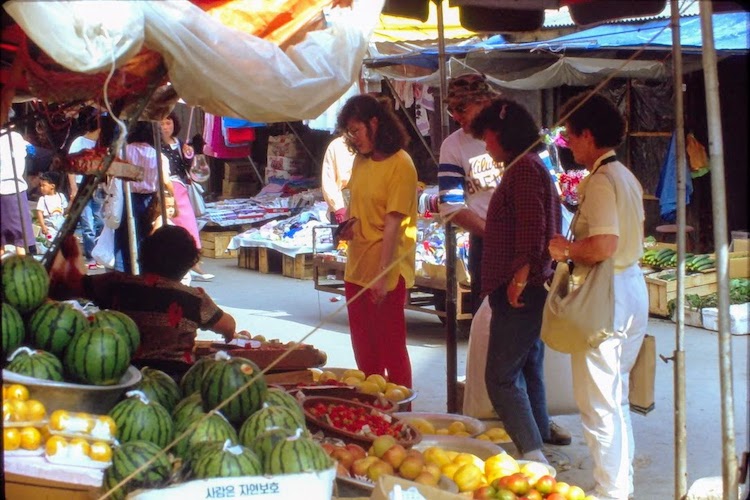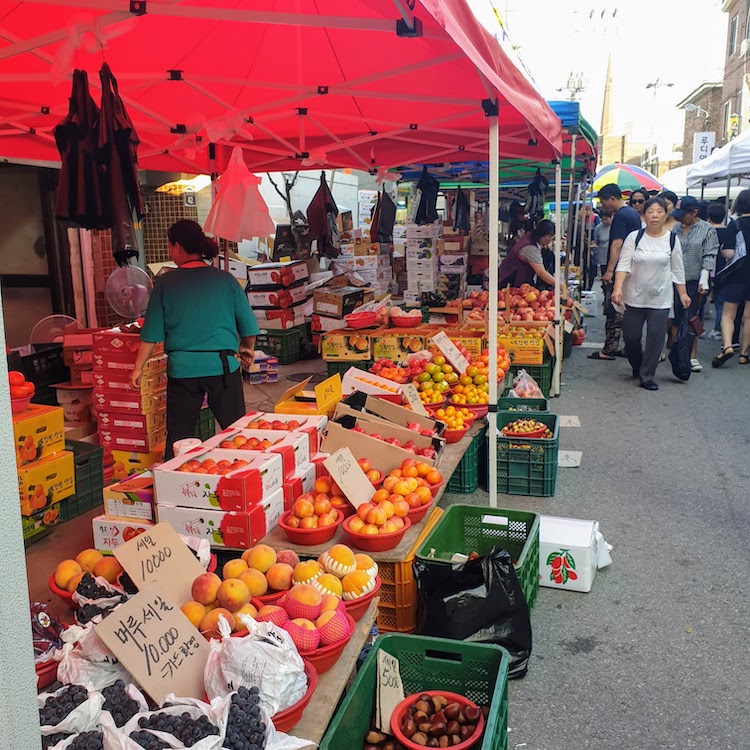
Honestly, I’m reading plenty right now. I’ve just picked up (again) Thomas Wolfe’s Look Homeward Angel, and I’m (again) enjoying it immensely. I never finished it the first time through – other things came up, and it was a library book that had to go back, so the commitment was just not strong enough.
But this isn’t stopping me from dabbling elsewhere either, and The World-Ending Fire, a collection of Wendell Berry’s essays, is always good for a quick diversion. His writing inspired a piece I wrote just last week, and here I am again, reading his essay “The Pleasures of Eating,” which was first published in another collection of his essays, The Art of the Commonplace: The Agrarian Essays of Wendell Berry (I mention this because it seems that a lot of Berry’s work lends itself to compilation).
In “The Pleasures of Eating,” Berry makes some suggestions about our food that I think bear further pondering. Two of the seven — the third and fourth if you actually read the essay — really caught my eye (and conveniently, complement each other so well as to make for one major point together). He says in point 3, “Learn the origin of the food you buy, and buy the food that is produced closest to your home. The idea that every locality should be, as much as possible, the source of its own food makes several kinds of sense. The locally produced food supply is the most secure, the freshest, and the easiest for local consumers to know about and to influence.” Similarly, in point 4 he says, “Whenever possible, deal directly with a local farmer, gardener, or orchardist. All the reasons listed for the previous suggestion apply here. In addition, by such dealing you eliminate the whole pack of merchants, transporters, processers, packagers, and advertisers who thrive at the expense of both producers and consumers.”
As I was walking through the local bulk-item superstore the other day, and having been foiled in my quest for some good, fresh romaine to make a good salad, I noticed a prepared alternative in one of the store’s coolers. I picked it up to find three separately-packaged salads – each only a few ounces, and each also occupying their own plastic container; all boxed in cardboard. It seemed to me that the packaging outweighed the actual contents. If anything were to drive home Berry’s point (especially number 4), it was this: tangible evidence of something so simple as the vegetables required to constitute a “salad,” passing through the hands of at least eight entities (picking, transporting, preparing, packaging, transporting, storing, stocking, purchasing) before it even gets to my refrigerator. Contrast that with something I buy at my local farmer’s market: picking, transporting, purchasing. Or even better, when sweet potato season rolls around and Micha buys her sweet potatoes right out of the field from our North Korean supplier: picking, purchasing.

Living here in Korea, with its local system of 5-day markets, makes it a bit easier, though. It’s not that their markets last for 5 days, but rather, that they’re held every 5 days – just long enough for food to start going bad in a pre-refrigeration era. The 5-day markets are made up of largely roaming vendors that hit the local areas. About a half-mile from my apartment, markets are held on any day that ends in a 4 or 9. North of us, in Osan city, it’s held on days that end in 3 or 8, and south of us in Seojeong-ri, it’s 2 or 7. So we’re fairly well covered for fresh fish, meat, and produce any time we want. But I’ve got to wonder, what’s my excuse for eating so poorly?
Well, in my case especially (but I’m going to speak for all of us, because I suspect this is something of which we’re all guilty), the biggest reason for both our poor eating habits and our lack of support for local food production is that we’re just too lazy to put in the effort when we have the convenience of the big store doing 90% of the work for us. It’s just too hard to buy everything separately and then put in the effort to clean, cut, mix, and cook it all. Unless that’s your thing. It’s so much easier to have someone else give us a close approximation of what we might have wanted when we set out to get the food in the first place. And from there, it’s not a long stretch to completely forgetting how to make it ourselves anymore anyway. It’s really kind of a death spiral for our diets. Our priorities just aren’t up to snuff in that department.
I wish I could make the commitment to turning this thing around. Maybe it’s time to start planning my meals better. And maybe it’s time I buy one of those little two-wheeled market carts I see people pulling around so I’ll be motivated to start shopping local and fresh every five days. By paying attention to the entire “food” process, I would think I would get a bit more pleasure out of eating the end result. Hey, if I can set out to write on a blog every day for over a year, I can do this, can’t I?


I wish that I had taken a photo when your charming wife and I went to the Oshkosh farmers’ market. It was much like your 1987 photo. Berry missed one point that’s of concern these days: food grown locally has a smaller fossil fuel footprint.